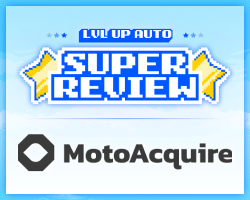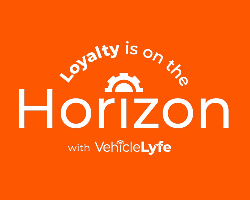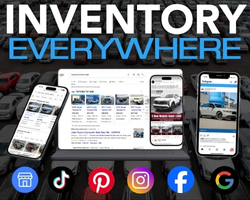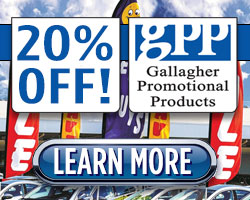 Engaging your customer with your long term email follow-up
Engaging your customer with your long term email follow-up
A question (or 2) that I get all the time..
“Jeff, what do you recommend for long term email follow up?”
or, my favorite..
“What email templates do you have for long term email follow-up”.
According to the latest 2008 Automotive eShopper Experience Study by the Cobalt Group.
“The “traditional” dealership sales process assumes the prospect will remain “in market” for approximately 3 days. Studies reflects that a high number of dealerships are pushing prospects through a process built around customer contact for a period of 72 hours with no plan or intention to follow up longer. The dealership assumes that the prospect is out of market and gives up well before the prospect completes their purchase process.”
Three DAYS! That’s it? After 3 days, I guess there’s no need to follow-up with that customer. We’ll assume they’ve bought elsewhere or are no longer in the market and be done with it..NEXT!
I’m all about the low hanging fruit, but come’on.
What is your dealers process for long term email follow-up?
This is going to be a short post because for me there is only 1 effective answer. INVENTORY!
A customer is initially contacting you for 2 reasons, INVENTORY and PRICING. So why would this NOT be part of your dealerships long term email follow up strategy?
Quit sending “Are you still in the market?” emails. Assume they are and start sending your customers new arrival inventory. New and Used, because you never know what what the customer is going to buy. Heck, pick out something that’s been on the lot for a while and was just discounted (you know, that nice none core vehicle your used car manager decided to actually discount after 90 days).
“John, I know it’s been 3 days since I sent you an email, but I was thinking about you when we traded in this beautiful 2005 BMW 335i. It’s showcased in the metallic black over black leather interior. It’s 1 Owner and serviced here at the dealer. I have all the records and have attached the CarFax for you to review.
Would you like me to send you more information on this beautiful BMW??”
Engage your customer with your long term email follow-up and quit sending those canned bull shit template emails.
Oh, and for you Internet sales people that resend the same email template over and over and over because the customer never answered the first one, AND your being too lazy to type out another email, STOP! There’s a reason why the customer didn’t answer you the first time! AND it’s not because they’re no longer in the market.
Engage your customer with your emails. Show the customer that you are eager to serve them while willing to provide information that will help them make the right decision. Let the customer tell you “NO, I don’t want that car!”, it’s OK, you at least got a response and something to work with.
Don’t forget to read Seth Godins “How to send a personal email”








